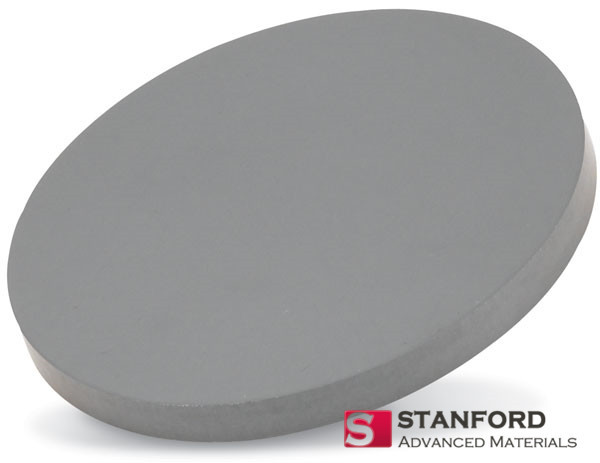Different Shapes of Sputtering Targets
(주)연진에스텍은 Planar (flat) Target과 Rotary (cylindrical) Target, Circular Target 및 Ring Target 등 대부분의 증착 공정에 부합하는 다양한 형태의 스퍼터링 타겟을 제공하며, 타겟 크기의 커스터마이즈가 가능합니다.
Neodymium Fluoride Sputtering Target, NdF3
Neodymium Fluoride Sputtering Target
Description
Neodymium Fluoride Sputtering Target is a material used in the process of sputtering for depositing thin films onto a substrate. Neodymium fluoride is a compound composed of neodymium (Nd) and fluorine (F) ions. In the sputtering process, high-energy ions bombard the surface of the neodymium fluoride sputtering target, causing atoms or molecules to be ejected. These ejected particles then deposit onto a substrate, forming a thin film with properties inherited from the target material.
Sputtering targets come in different shapes and sizes based on the requirements of the thin film deposition process and the sputtering equipment used. The choice of a neodymium fluoride sputtering target depends on the desired properties of the thin film and its intended applications, which may include optics, electronics, or other advanced materials.
Neodymium Fluoride Sputtering Target Specifications
|
Compound Formula |
NdF3 |
|
Molecular Weight |
201.24 |
|
Appearance |
Gray target |
|
Melting Point (℃) |
1,374 |
|
Density (g/cm3) |
6.5 |
|
Available Sizes |
Dia.: 1.0″, 2.0″, 3.0″, 4.0″, 5.0″, 6.0″
Thick: 0.125″, 0.250″ |
Neodymium Fluoride Sputtering Target Handling Notes
- Indium bonding is recommended for Neodymium Fluoride Sputtering Target, due to some of its characteristics not amenable to sputtering like brittleness, low thermal conductivity, etc.
- This material has a low thermal conductivity, and is susceptible to thermal shock.
Neodymium Fluoride Sputtering Target Application
- Optical Coatings: Neodymium Fluoride thin films are used in optics for anti-reflective coatings and interference filters.
- Semiconductor Manufacturing: the fabrication of certain electronic and optoelectronic devices.
- Research and Development: Neodymium fluoride thin films may be used in various research and development applications
Neodymium Fluoride Sputtering Target Packaging
Our Neodymium Fluoride Sputtering Target is widely used in the production of coatings for various purposes, such as improving the wear resistance of tools, enhancing the durability of surfaces, or providing specific optical or electrical properties.
- High Purity & Performance 일관된 증착 품질과 오염을 줄이도록 가공합니다.
- Material Variety 다양한 응용 분야의 요구 사항에 맞게 순수 금속, 합금, 세라믹 및 화합물로 제공됩니다.
- Custom Manufacturing 특정 시스템의 필요요구 사항에 맞게 크기와 형태, 조성을 맞춤화했습니다.
- Precision Design 반복 가능하고 균일한 박막 결과를 위해 엄격한 공차로 제조되었습니다.
- Flexible Supply Chain 최고의 제조업체와 강력한 파트너십을 통해 일관된 품질과 on-time 납품을 보장합니다.
하기

